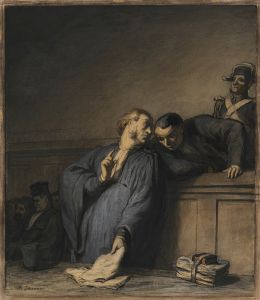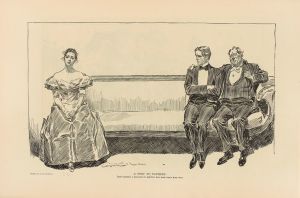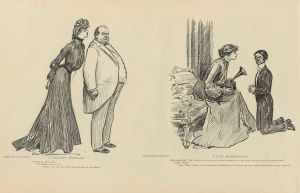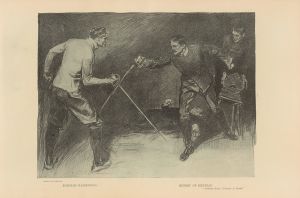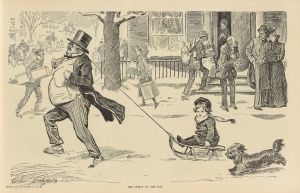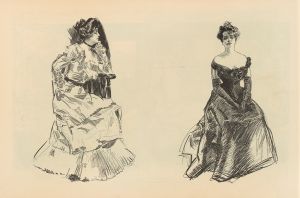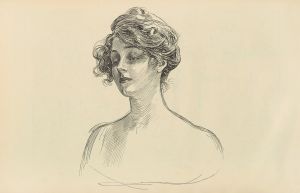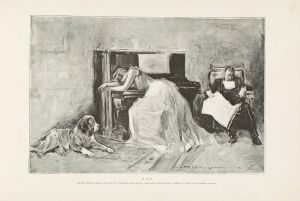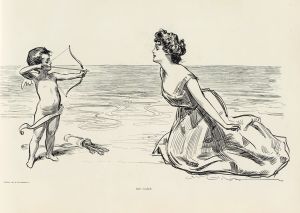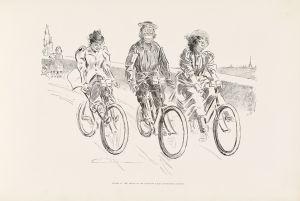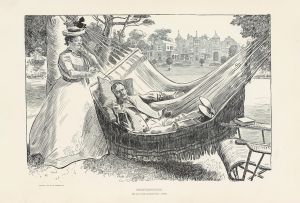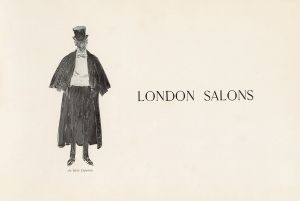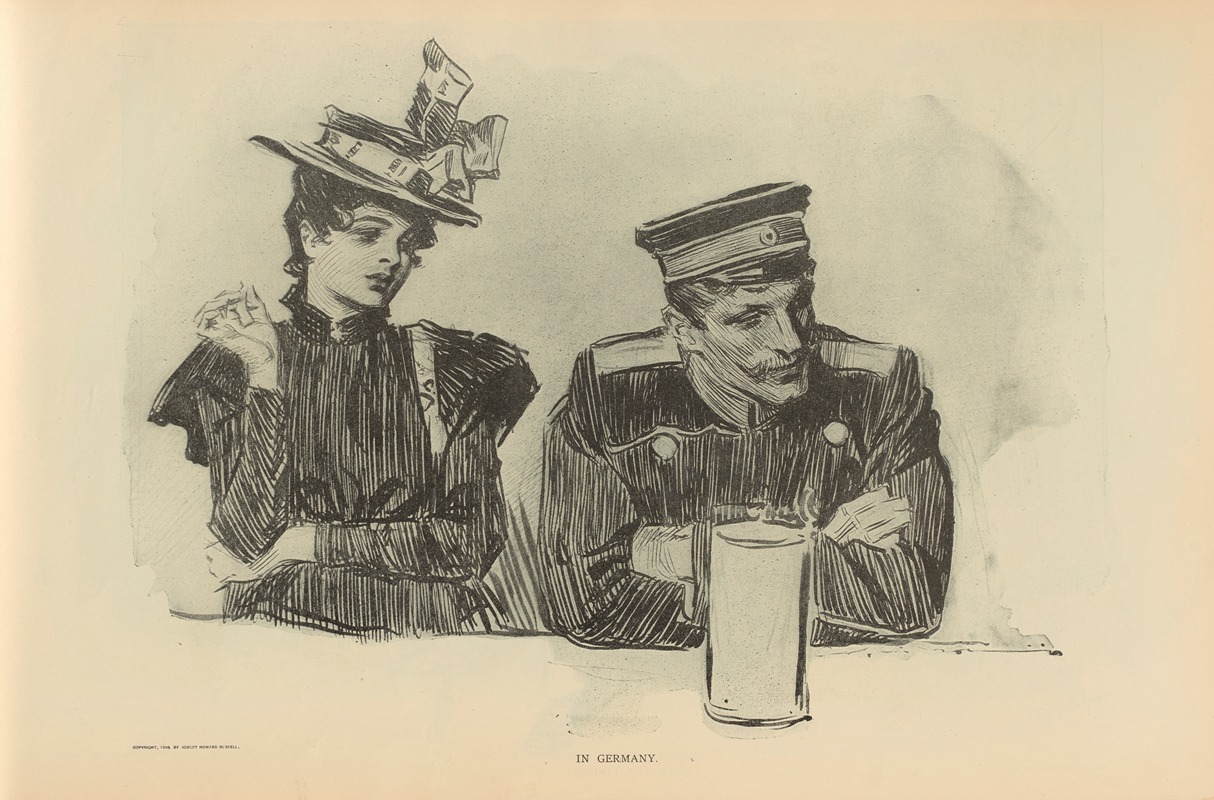
In Germany
A hand-painted replica of Charles Dana Gibson’s masterpiece In Germany, meticulously crafted by professional artists to capture the true essence of the original. Each piece is created with museum-quality canvas and rare mineral pigments, carefully painted by experienced artists with delicate brushstrokes and rich, layered colors to perfectly recreate the texture of the original artwork. Unlike machine-printed reproductions, this hand-painted version brings the painting to life, infused with the artist’s emotions and skill in every stroke. Whether for personal collection or home decoration, it instantly elevates the artistic atmosphere of any space.
Charles Dana Gibson was a prominent American illustrator, best known for his creation of the "Gibson Girl," an iconic representation of the American woman at the turn of the 20th century. His work was widely published in magazines such as Life, Harper's Weekly, and Scribner's, and he became one of the most celebrated illustrators of his time. Among his numerous works, "In Germany" is one of the illustrations that reflects his engagement with contemporary events and social commentary.
"In Germany" by Charles Dana Gibson is an illustration that was created during a period when Gibson was known for his satirical and often poignant depictions of societal norms and international affairs. Although specific details about this particular illustration are limited, it is consistent with Gibson's style to use his art as a medium to comment on the socio-political climate of his time.
Gibson's illustrations often captured the zeitgeist of the early 20th century, a time marked by significant social change and international tensions. The period during which "In Germany" was created was characterized by the lead-up to World War I, a time when Germany was a central figure in global politics. Illustrations like "In Germany" likely reflect Gibson's perspective on these developments, using his art to provide commentary on the political and cultural atmosphere of the era.
Gibson's work was known for its detailed line drawings and its ability to convey complex emotions and narratives with simplicity and elegance. His illustrations often featured strong, confident characters, and he had a knack for capturing the subtleties of human expression and interaction. This skill would have been evident in "In Germany," where he would have used his artistic talents to convey his views on Germany's role in international affairs or to comment on the cultural aspects of German society.
While specific information about the content and themes of "In Germany" is scarce, it is important to place it within the broader context of Gibson's work and the historical period in which he was active. His illustrations were not just art for art's sake; they were a form of social and political commentary, reflecting the complexities and contradictions of the world around him.
Gibson's legacy as an illustrator is significant, as he influenced not only the field of illustration but also the broader cultural landscape of his time. His ability to capture the essence of an era through his art has left a lasting impact, and works like "In Germany" contribute to our understanding of the early 20th century's social and political dynamics.
In summary, while detailed information about "In Germany" by Charles Dana Gibson is limited, it is likely that the illustration reflects his engagement with the socio-political issues of his time, using his distinctive style to comment on the world around him. As with much of Gibson's work, it serves as a window into the past, offering insights into the cultural and political climate of the early 1900s.





